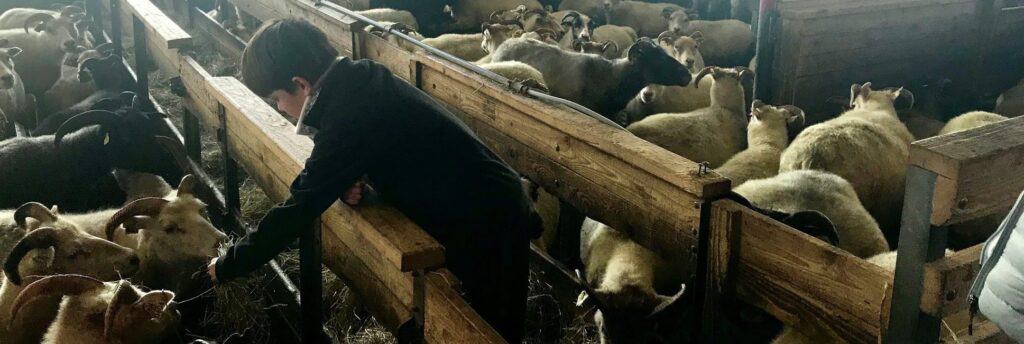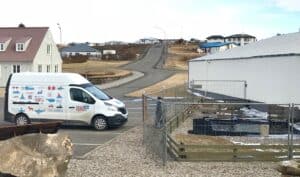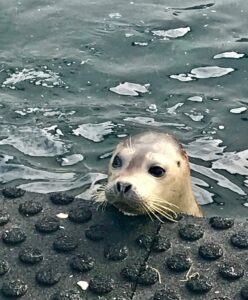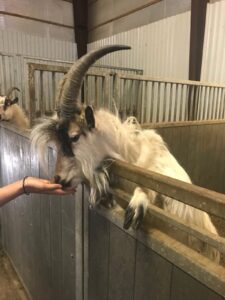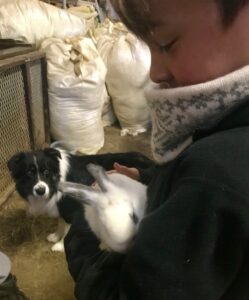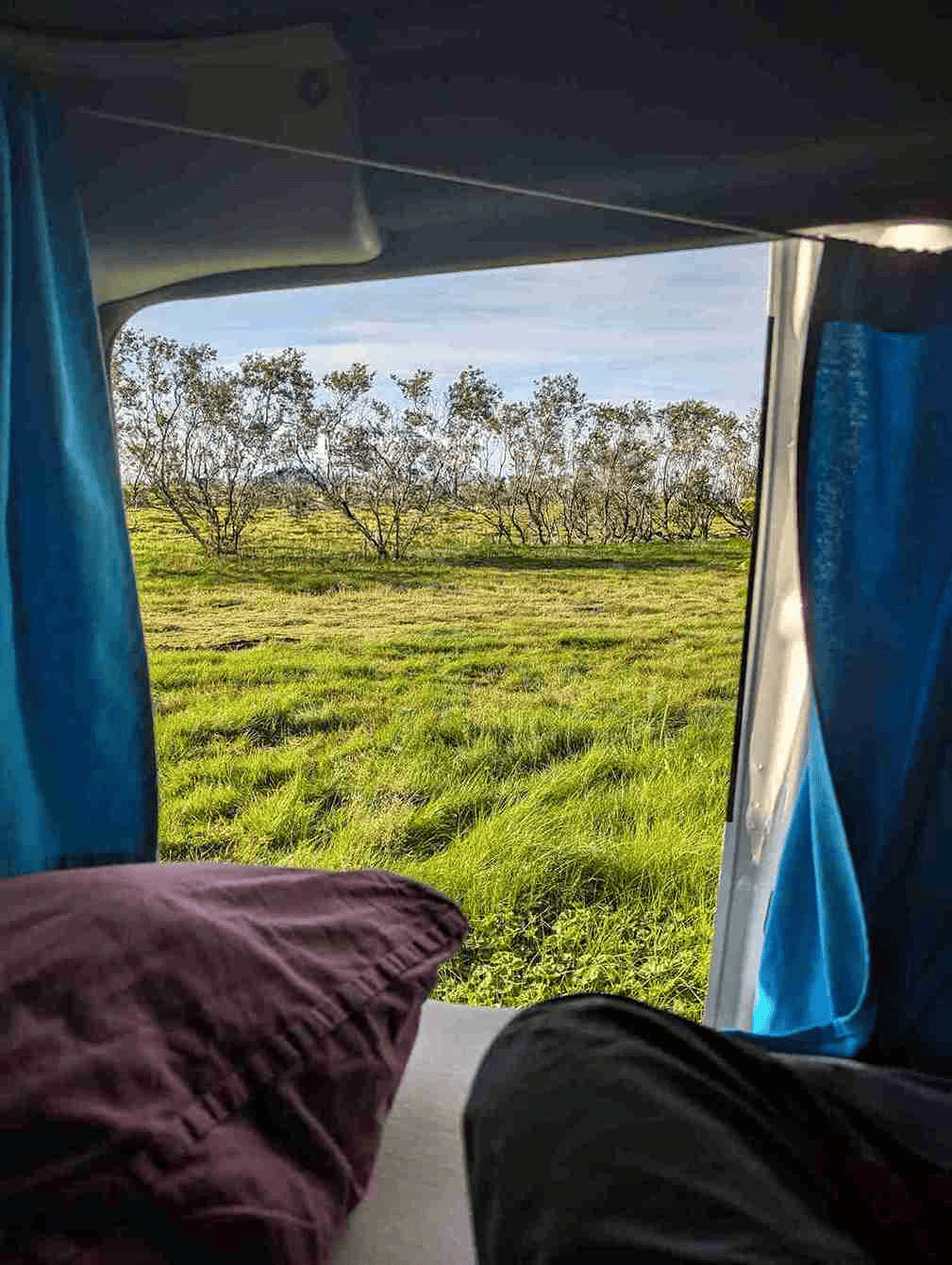Everyone journeys to Iceland to see majestic waterfalls, stunning landscapes and hot spring dips. In our 11-day trip around Iceland in April via camper van, my kids and I were treated with those daily. Unexpectedly, our trip on the Ring Road also included interactions with some beautiful animals. I wasn’t quite sure what creatures we would see in April, so every day was a fun adventure of discovery!
Prior to arriving in Iceland, all I had in my head was “fluffy sheep.” I thought I was going to see fluffy sheep, and crawl up under their fluffiness and take a nap. All I had was sheep on the brain. And then I arrived to Iceland and that changed. Now all I can think about is furry horses. Sorry fluffy sheep – the furry horses have stolen my heart. In addition to the horses, we also met some other lovely animals. Read on and I shall introduce you to these characters!
First of all, obviously, horses. Lots of them. Everywhere. Grazing in the fields all along the Ring Road. There are many places where you can pull of onto the shoulder (make sure you pull completely off the road to not block traffic!). At first a little shy, the horses do wind up curious and some are brave enough to approach the fence line. Once they start getting some love and attention from you, they may get a little possessive and not let their brethren share in the love. The more reserved horses are more standoffish, and will linger nearby – their curiosity keeps them close, but their uncertainty keeps them two arms length away. That’s ok – there will always be the bold and/or cheeky one who can’t get enough petting.
Icelandic horses are unique. I grew up with horses, so it was fun for me to see this variety of horse. As can be expected, their bodies are designed to live in this environment. The most notable difference for me was their size and their fur. Icelandic horses are smaller in size, but they certainly look solid and capable of walking through tough terrain and helping humans with laborious tasks (farming, pulling, carrying loads, etc). I also learned that horse racing in Iceland is big, and many horses are bred and trained for this purpose. The second notable difference is their bodies are covered in thicker, longer fur. Given the climate and Iceland’s position on the globe, I think the reason for this is pretty obvious…..
I could go on and on about horses, but I’ll spare you and move onto other equally sweet creatures we met along the Ring Road in April!
All over we saw lots of seabirds. Ornithology is not a strength of mine, so my sincere apologies for not being able to specify the types of birds. Many birds along the coastal cliffs, and some places, such as Seljalandsfoss, have strict rules about not operating drones for the birds safety. Unfortunately, some folks either don’t see the signs or don’t seem to care, so be cool and look out for signage in case you want to fly your drone.
At one point along the Eastern Fjords we saw many, many large white birds floating on the water. My daughter insists they were geese, and I will defer to her as her bird-identification skills are far greater than mine….
One animal we had fingers-crossed hoped to see, but knew it was a long shot – Puffins. Sadly, our arrival in early April was ahead of the Puffiin’s schedule. At the time, my son was writing a school report about Icelandic Puffins, so he had really hoped see some. Failing an in-person sighting, we settled for a puffin hat and he drew puffins in his notebook. Now we have a very specific reason to return to Iceland someday!
In our time in North Iceland, I had also hoped to see whales. The local whale watching tour operators were open for business, but early April is still a tad too early to really see a variety of whales. We opted out of this tour, but added whales to our list alongside puffins.
We stopped for one night in the town of Búðardalur, at the gateway to the Western Fjords. The delightful woman at the wool shop instructed that we drive down to the harbor and visit the two seal pups who reside there. Naturally, we always follow safe advice. Upon arrival, we discovered that indeed, there were two seal pups in an enclosed space. Apparently, they were born in the Reykjavik Zoo, but due to space constraints (I think?) moved to live here. I don’t know if it’s a temporary placement, or long-term. These two seal pups are incredibly cute and playful, and they had so much engaging with my two kids across the fence!!
Nearing the end of our journey around the Ring Road, we made a stopover at Bjarteyjarsandur Farm. This is a family sheep farm, and they open their property up to campers and have a wonderful indoor space for cooking, eating and socializing. For a fee, they also offer farm tours. Yes, of course we must meet the residents animals! We spent a good solid 2 hours touring the farm – they have a lot of land for the sheep to roam and graze, but we only spent our time in the vicinity of the main house and the barn.
As it was early April, all of the sheep were super pregnant and ready to give birth any day. Some sheep carried 2-3 lambs in their bellies, and their bodies were sometimes just as wide as they were long! Once the lambs are born, they stay in the barn for a few days to acclimate. Then the farmers let the sheep out to pasture, where they will spend their late spring and summer days roaming outdoors.
Take the quiz: How much do you know about Iceland?
Although exclusively a sheep farm, they also have some other resident animals. They have 3 very friendly sheep dogs, a yard full of chickens, rabbits (babies when we visited!), and a few Icelandic goats. We learned that the Icelandic goat population is quickly dropping and there are fewer than 1,000 left in existence. In typical goat fashion, they are very cheeky, but very cute.
On our final day in Reykjavik, we stopped at one particular place and witnessed a very large assortment of animals. Well ……… I should clarify this a bit. It wasn’t really whole animals we saw, but parts of animals. And they weren’t alive. This locale is called The Icelandic Phallological Museum. I’ll let you google that one, and you can decide for yourself whether a visit is in your future or not. For my two kids, they were on opposite ends of the spectrum as to interest level ~ so it all depends on what fascinates you!
Read more: The wild nature of Iceland
Happy Camping! #CamperStories
Iceland Travel Guides
If you like what you see, please subscribe to our YouTube channel!

